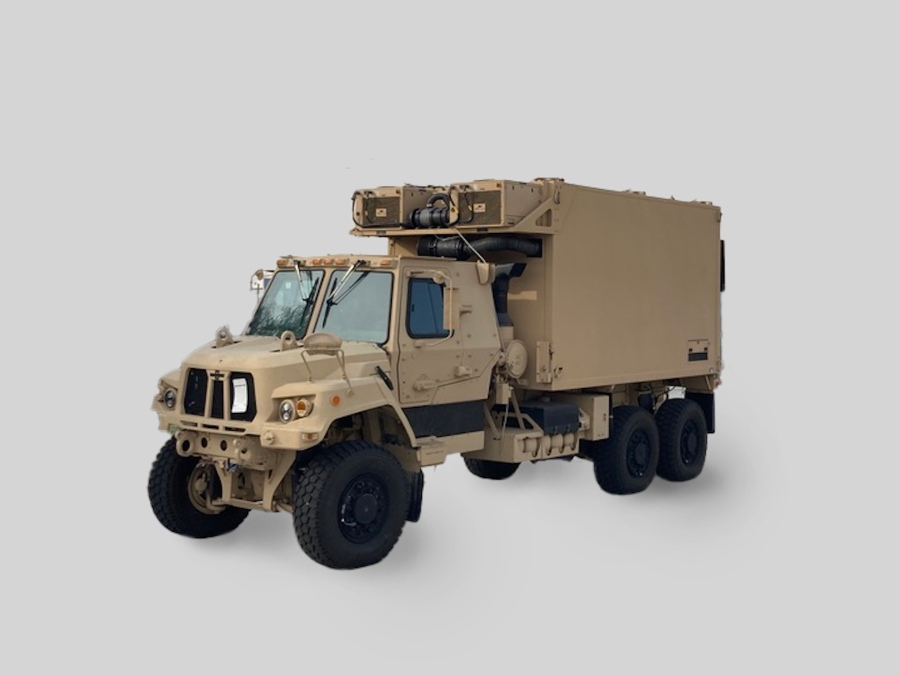Bryant Harris and Leo Shane III
:quality(70)/cloudfront-us-east-1.images.arcpublishing.com/archetype/HMO7GI42Y5BWZMTB6XFGGP7O5U.jpg)
The U.S. military will establish a temporary port in the Gaza Strip to deliver humanitarian aid to starving Palestinians, while continuing to send weapons to Israel, President Joe Biden confirmed in his State of the Union address Thursday.
“No U.S. boots will be on the ground,” Biden said. “A temporary pier will enable a massive increase in the amount of humanitarian assistance getting into Gaza every day. And Israel must also do its part. Israel must allow more aid into Gaza and ensure that humanitarian workers aren’t caught in the cross fire.
“To the leadership of Israel I say this: Humanitarian assistance cannot be a secondary consideration or a bargaining chip.”
Senior administration officials told reporters earlier Thursday the mission would route humanitarian aid through Cyprus to the temporary port in Gaza. The White House is also pushing Israel and Egypt to allow more aid through the land crossings at Rafah and Kerem Shalom.
The announcement, which drew bipartisan applause from lawmakers gathered, came amid calls from Biden for Congress to pass his long-stalled foreign aid bill to arm Israel, Ukraine and Taiwan.
The Senate passed the $95 billion foreign aid plan by a 70-29 vote in February. It includes $14 billion in Israel military aid, $48 billion in security assistance for Ukraine and $4 billion to arm Taiwan.
Israel receives an annual $3.8 billion in U.S. military aid, but the White House has said the Defense Department lacks the replenishment funds needed to continue arming Ukraine from U.S. stockpiles.







:quality(70)/cloudfront-us-east-1.images.arcpublishing.com/archetype/RHGRDXTSX5H2PA5I2ZTMFACCF4.jpg)
:quality(70)/cloudfront-us-east-1.images.arcpublishing.com/archetype/GVKUIOFXO5BOLM3RRUJGXVYIFM.jpg)
:quality(70)/cloudfront-us-east-1.images.arcpublishing.com/archetype/DI7TS6JUMFDPZKF2LE26YOUF6I.jpg)











:quality(70)/cloudfront-us-east-1.images.arcpublishing.com/archetype/KSRBGCAFZBHJ7MH2BY3SM2J2TI.jpg)